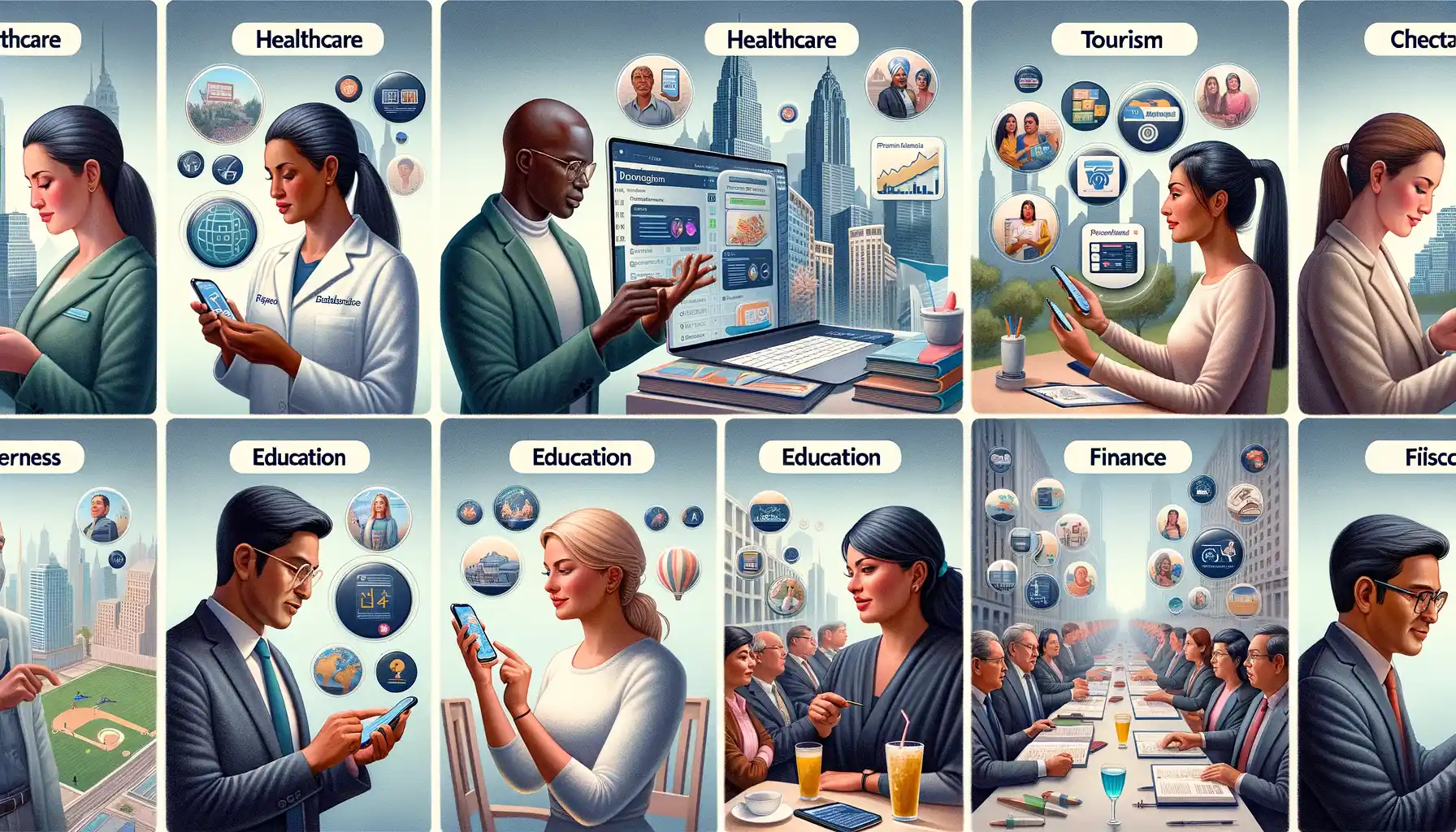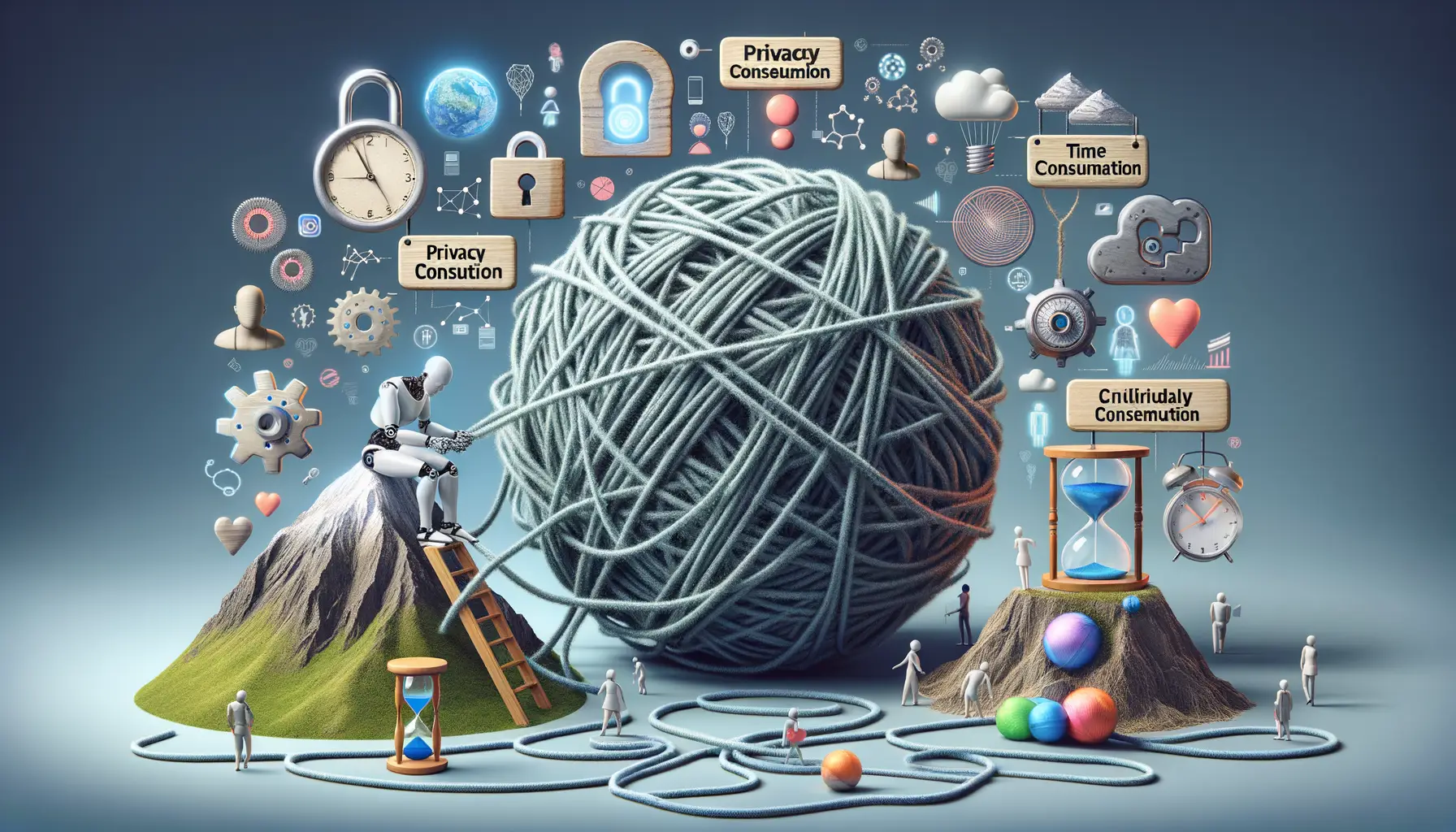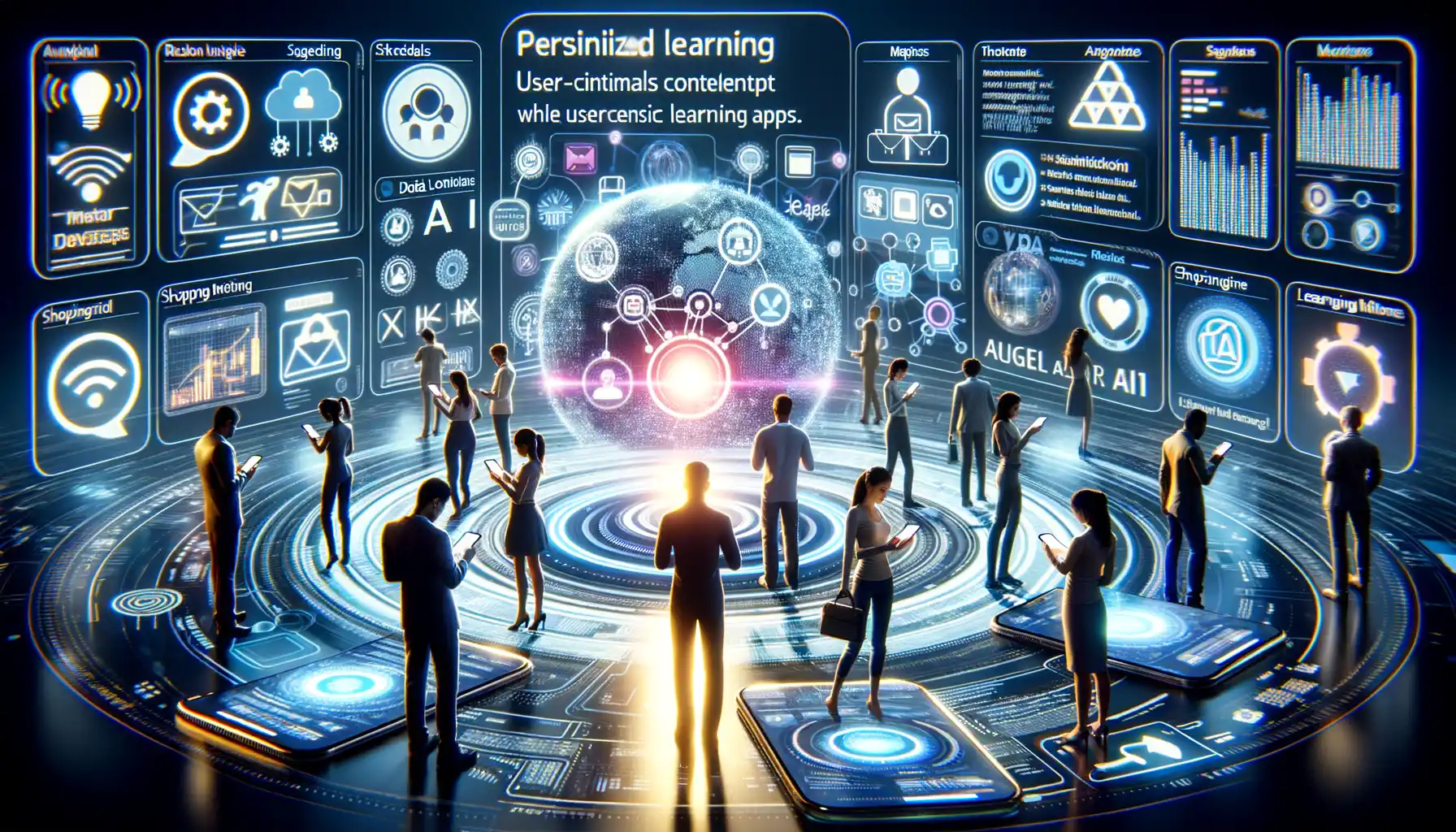Understanding Machine Learning and Its Applications
Cracking the Code: What Is Machine Learning?
Picture this: you’re browsing your favorite music app, and it knows exactly what to play next. Is it magic? Close—it’s machine learning. Think of it as a highly-skilled detective that sifts through mountains of data to predict your preferences, habits, and even your mood. But how does it pull off this modern-day wizardry?
At its core, machine learning trains systems to identify patterns and make decisions without needing constant human input. It’s like teaching a dog new tricks, except instead of treats, you feed it data—and lots of it! Algorithms learn, adapt, and improve, becoming sharper at tasks over time. This isn’t just “next-gen technology”; it’s the secret sauce behind personalized experiences that feel tailor-made just for you.
Without realizing it, you’ve likely encountered machine learning today. From Netflix suggesting a show that feels weirdly perfect to Google Maps predicting the quickest route, it’s everywhere. Companies are leaning into this tech not just for convenience but to keep users coming back for more. Intrigued? You should be—it’s reshaping how we connect with apps and the world.
How Machine Learning Enhances Personalization

The Magic Behind Tailored Recommendations
Imagine opening your favorite app and feeling like it’s reading your mind. That playlist you didn’t know you needed? It’s there. The shopping app that seems to know your style better than you do? Yep, that’s no accident. Enter machine learning, your behind-the-scenes wizard.
At its core, machine learning sifts through massive amounts of data—your preferences, habits, clicks—and finds patterns you’d never notice yourself. It’s like a super-intelligent friend who remembers everything you love (and forgets the things you don’t). For instance:
- A fitness app learns you prefer evening workout reminders after noticing you always skip morning notifications.
- A reading app nudges you toward thrillers when it observes you devour suspense novels over lunch breaks.
All this happens seamlessly, turning cookie-cutter apps into highly individualized experiences. With every tap, search, or scroll, machine learning gets sharper, piecing together the puzzle of your wants in real time. And honestly, isn’t it nice to feel like technology truly “gets” you?
Adapting in Real Time—Because You’re Unpredictable
Here’s the kicker: machine learning doesn’t just rest on past data; it evolves alongside you. Let’s say you suddenly start binge-watching documentaries about space exploration. A well-designed app will shift gears faster than an F1 driver, suggesting space-themed books, gadgets, or even virtual tours of the stars.
This isn’t about one-size-fits-all solutions. Instead, it’s about creating something dynamic, intuitive, and deeply personal. Thanks to real-time analysis, apps can anticipate the twists and turns of your preferences—almost as if they’re alive. Who knew algorithms could feel so…human?
Key Industries Leveraging Personalized App Experiences

Transforming Retail and E-commerce
Ever wondered how your favorite shopping apps seem to read your mind? That’s not magic—it’s machine learning at work! In the retail world, machine learning has turned simple apps into personalized shopping companions. From curated product recommendations that feel tailor-made to timed discounts landing in your inbox right when you’re itching for a deal, retailers are using data to anticipate your desires.
Picture this: You’ve been searching for running shoes. The next day, your app greets you with “Hey, Ana! Found these lightweight running shoes you might like—they’re 20% off!” That’s the magic of personalized app experiences creating a bond between brands and users.
But it doesn’t stop with suggestions. Think of virtual try-ons, size guides adapted to your unique fit, or loyalty rewards mapped to your preferences. Retail apps today aren’t just selling—they’re listening, learning, and guiding.
- Seamlessly exclusive product launches just for you
- AI-driven styling advice based on your past choices
- Hyper-localized suggestions tied to your location
This isn’t business as usual—it’s shopping becoming deeply personal, all thanks to the power of machine learning.
Revolutionizing Healthcare Apps
In healthcare, personalization isn’t just an upgrade—it’s lifesaving. Imagine opening your health app to find tailored fitness plans, dietary advice aligned with your allergies, or even reminders based on your sleep patterns. Machine learning has made patient-centric care more than a buzzword.
Take mental health apps as an example. Many now use AI-driven algorithms to sense changes in your mood through patterns in usage or even tone in journaling features. If they detect signs of stress or anxiety, these apps might nudge you with mindfulness exercises or schedule a check-in with your therapist. That little nudge? It could change someone’s day—or life.
Not to forget chronic disease management tools. They analyze data from wearables, syncing heart rate, glucose levels, or fitness stats to provide real-time feedback to patients and their doctors. With machine learning, healthcare apps are becoming silent partners in better health, offering care at your fingertips.
Challenges in Implementing Machine Learning for Personalization

Why Implementation Can Feel Like an Uphill Climb
Let’s face it—turning a brilliant idea of personalized app experiences into reality isn’t all rainbows and smooth sailing. Implementing machine learning to deliver tailored recommendations, dynamic content, or individualized user journeys often feels like piecing together a complex puzzle with missing edges.
One major hurdle? Data quality and availability. Machine learning algorithms thrive on rich, clean data. But what happens when your dataset is incomplete, messy, or, worse, non-existent? Imagine trying to bake a cake without sugar or flour—it just won’t work. And when sensitive user data is involved, ensuring privacy and compliance with regulations like GDPR only adds layers to the challenge.
Then there’s the question of resources. Developing and maintaining effective ML models requires not just skilled engineers but also a treasure chest of computing power. Smaller teams might find themselves gasping for air under the weight of cost or complexity.
These questions—and their answers—are often where the truly hard work lies.
The Future of Machine Learning in Personalized Apps

Where Tech Meets Human: The Evolution of Tailor-Made Apps
Picture this: you open a fitness app, and it doesn’t just ask for your weight or height—it intuits your energy levels, your mood, even how tired you felt climbing those stairs yesterday. This isn’t science fiction; this is the near-future reality of machine learning in personalized apps.
The secret sauce? Algorithms that are no longer static but eagerly adaptive. They’ll learn your quirks—your tendency to drop off meditation routines midway or binge an entire language-learning module at 2 a.m. And they’ll respond. Expect risk management apps to whisper personalized investment advice into your ear while travel apps curate vacations based on your Instagram likes.
- Shopping apps will predict your wardrobe preferences before you even browse.
- Health platforms will suggest meal plans perfectly aligned with your microbiome.
- Streaming apps are poised to recommend the exact movie for a rainy Sunday—or a breakup.
What’s driving this transformation? Beyond the data crunching lies the symphony of NLP (Natural Language Processing), predictive analytics, and behavioral cues. Think apps that don’t just serve cookie-cutter responses but genuinely evolve alongside you. It won’t be long before your phone feels more like a devoted best friend than a device.






